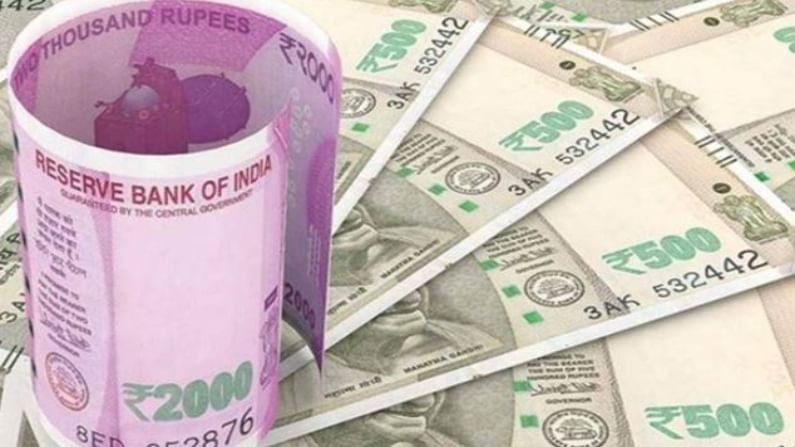Debt MFs show confidence in lending to NBFCs
Investments in Commercial Papers (CPs) of NBFCs increased from a year-ago level of Rs 0.54 lakh crore in June 2020

Debt mutual funds seem to be confident about credit recovery in the economy. Data shows overall exposure of debt MFs to NBFCs stood at Rs 1.5 lakh crore in June 2021, which is similar to March 2021 level. By comparison, debt MF exposure to NBFCs stood at Rs.1.3 lakh crore in June 2020, a jump of 15 per cent.
However, the overall exposure of debt MFs to NBFCs is still not back above pre-NBFC-crisis level. In percentage term, the exposure share to NBFCs declined from 19.0% in July 2018 to 9.2% in June 2021, says a report from CARE Ratings. The MF exposure to NBFCs had started declining from September 2018 after IL&FS crisis when IL&FS Group defaulted on payments that it owed to banks and other lending institutions.
In June 2021, the largest proportion of debt funds were invested in corporate debt papers worth Rs 3.50 lakh crore. This segment includes floating rate bonds, non-convertible debentures, etc. Compared with the previous month, assets in this category increased by Rs.3,697 crore.
The second-highest category in which debt funds invested their money was Commercial Papers (CPs) and government securities with Rs 2.68 lakh crore invested in each category. The investment in CPs declined compared with previous month and previous year, while investment in government securities increased from the year-ago period and largely remained stable on m-o-m basis.
Data digging
Investments in Commercial Papers (CPs) of NBFCs increased from a year-ago level of Rs 0.54 lakh crore in June 2020, after having declined for the better part of the previous year. The percentage share of funds deployed by MFs in CPs of NBFCs in June 2021 stood at 3.8 per cent of debt AUMs compared with 9.5 per cent in September 2018. It is only marginally higher than 3.6% deployed in March 2021. The amount held stood at Rs 0.62 lakh crore compared to Rs.1.26 lakh crore in September 2018.
The percentage share of funds deployed by MFs in corporate debt paper of NBFCs in June 2021 moderated to 5.5% compared with last year (5.6% of debt AUMs in June 2020).
Trends
The mutual fund exposure data shows encouraging signs. It will be interesting to watch out if the trend persists in July.
“Liquidity cover at CRISIL-rated non-banking financial companies (NBFCs) has improved from a year ago, putting them in a better position to service debt in the near-term, and cushioning the impact of lower collections because of the second wave of the Covid-19 pandemic,” a CRISIL Ratings study shows.
“It is a change from last year, when asset-quality and liquidity fears multiplied after a moratorium on repayments and stringent lockdowns affected collections. This time around, the build-up in liquidity has been a crucial offset,” the CRISIL report adds.